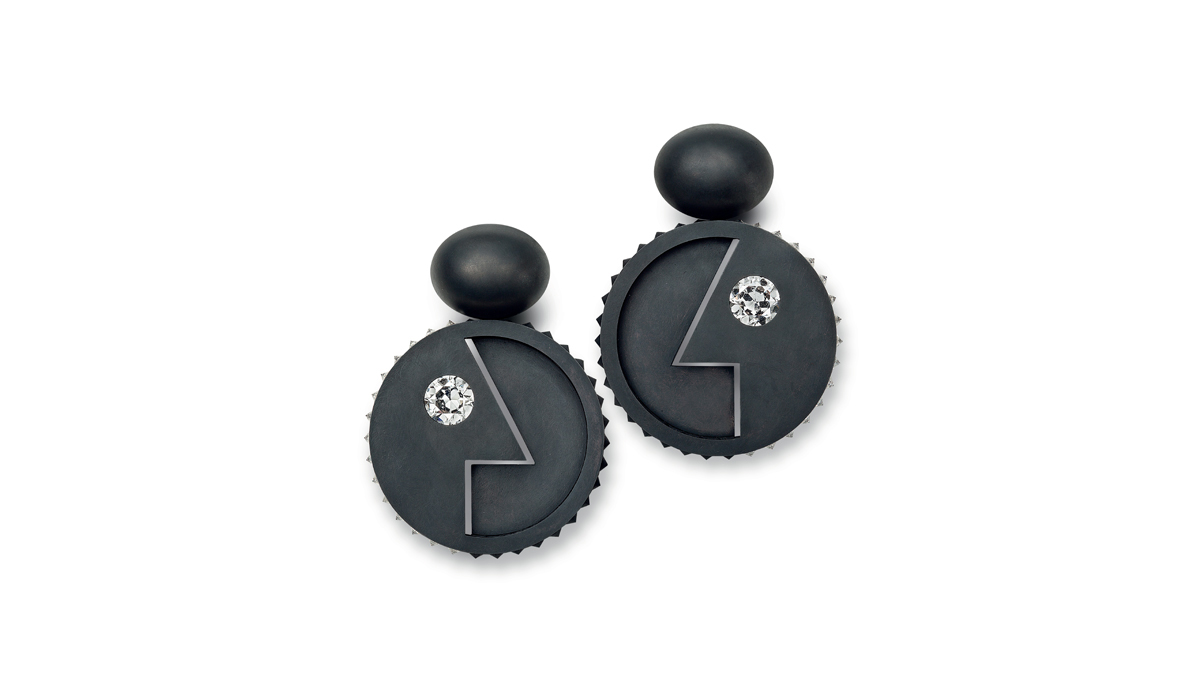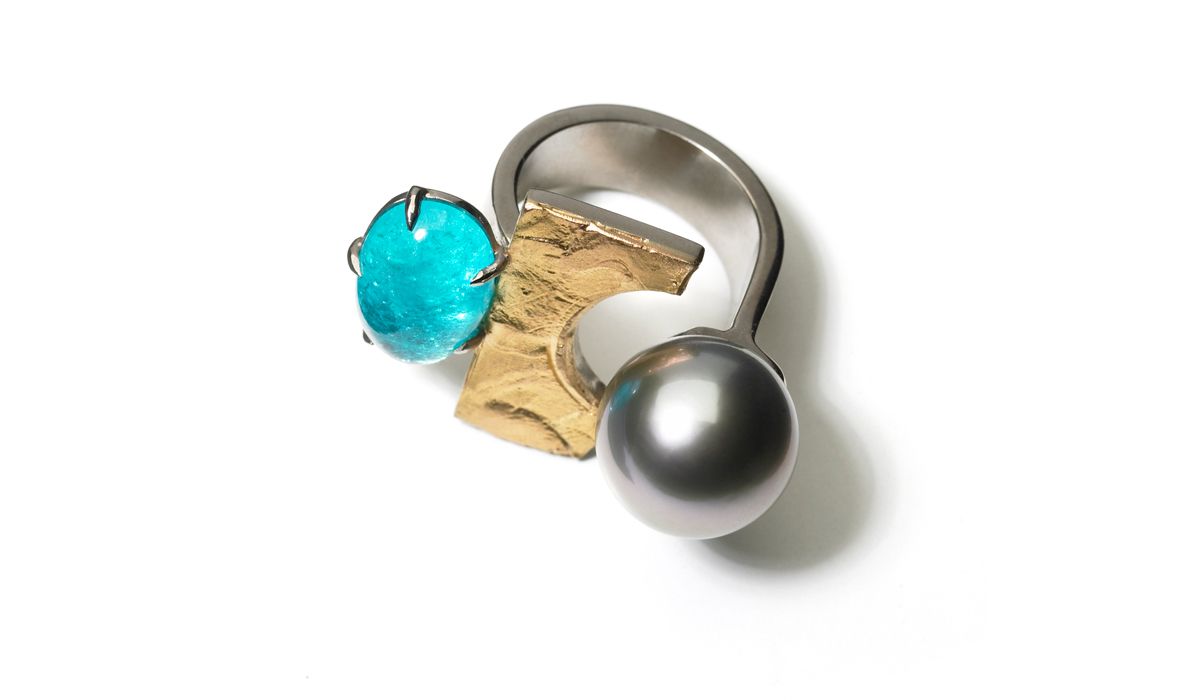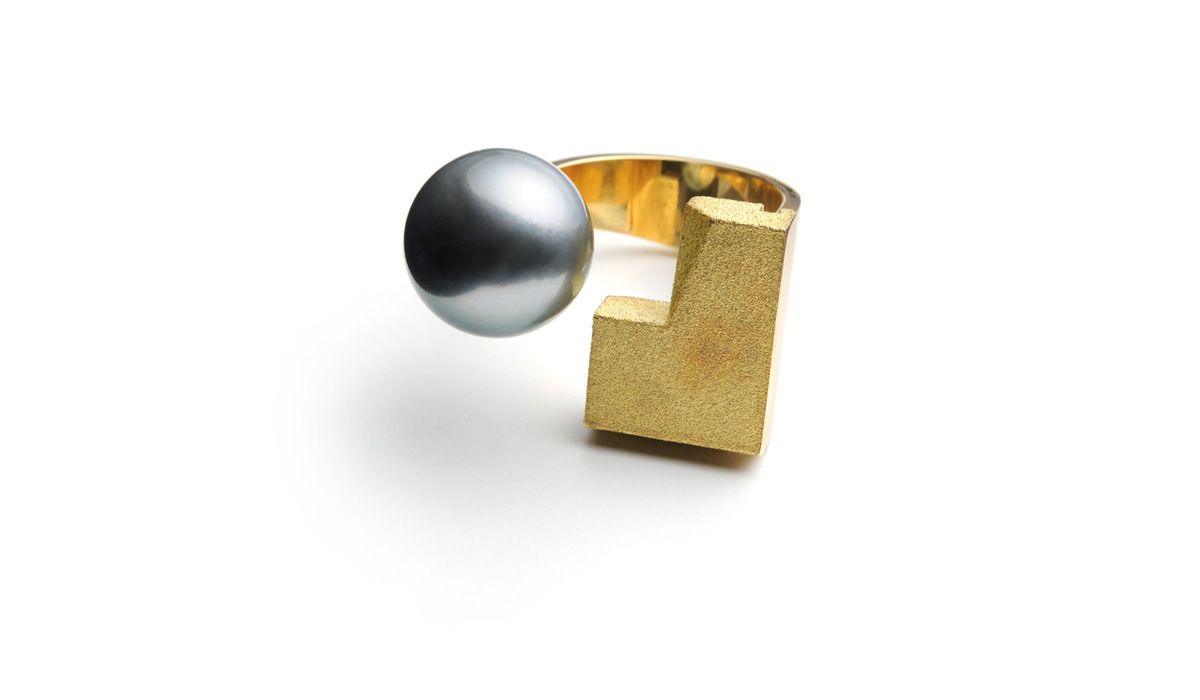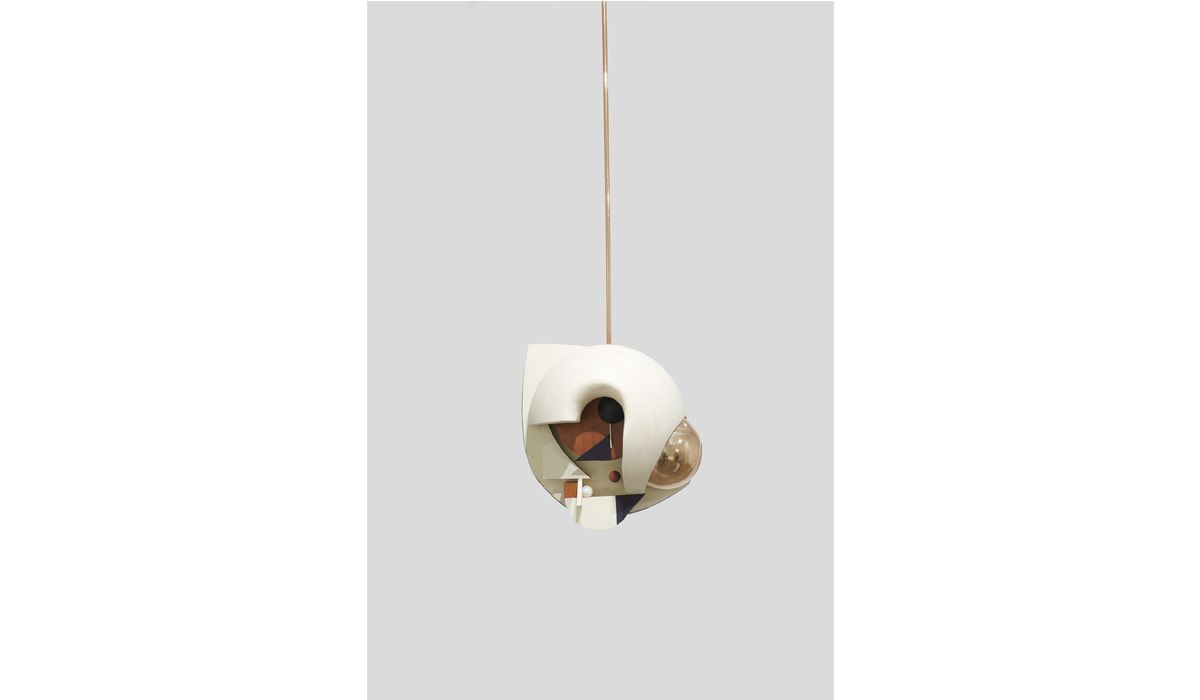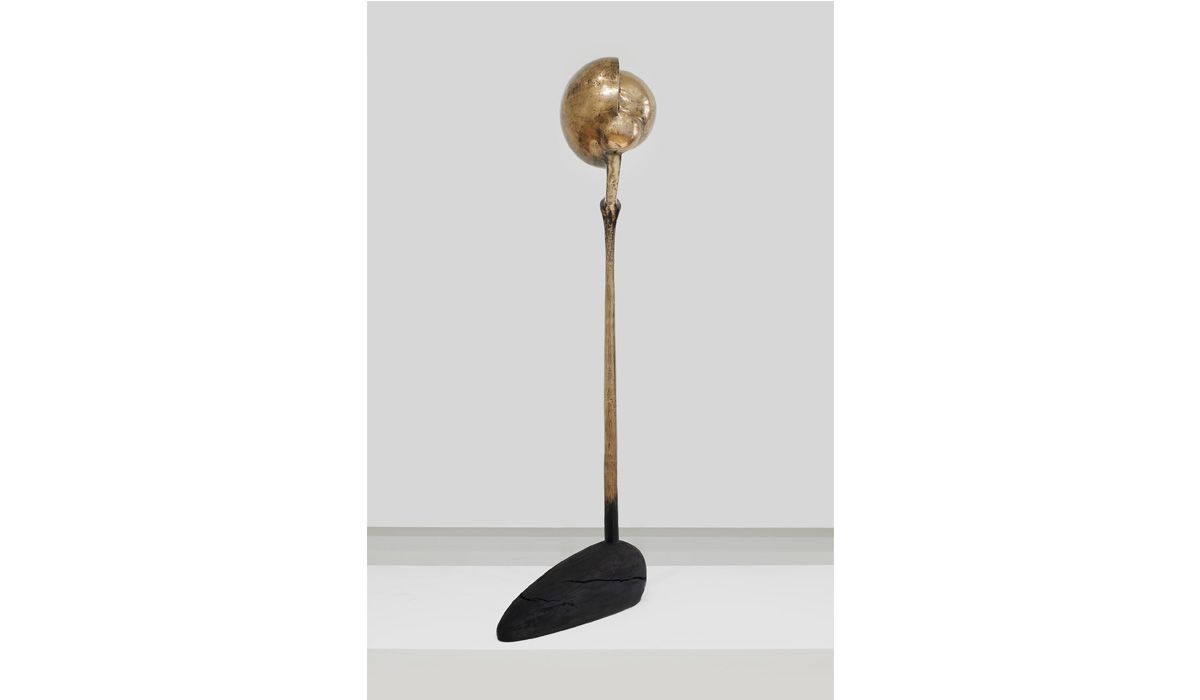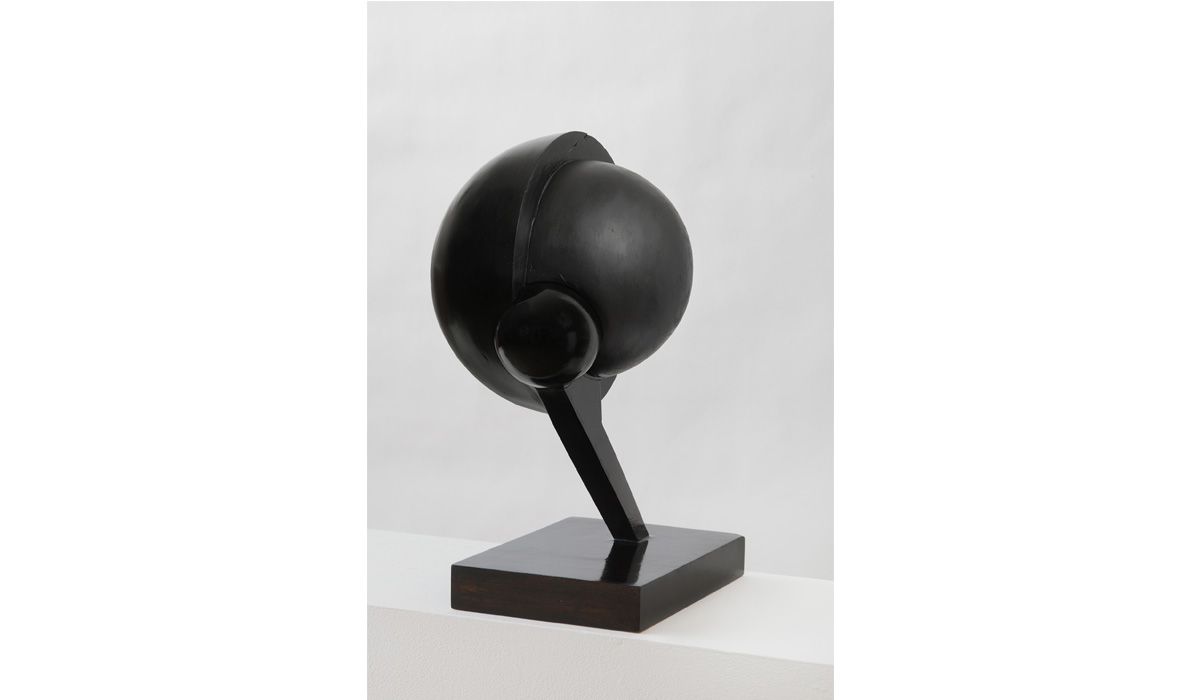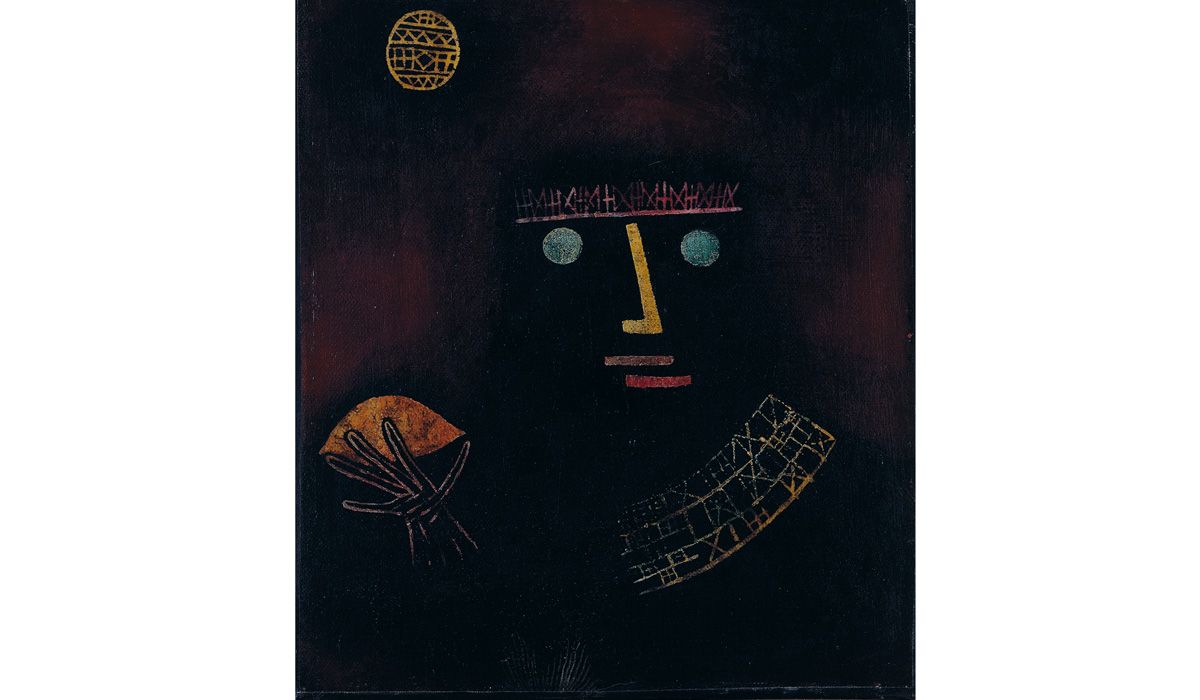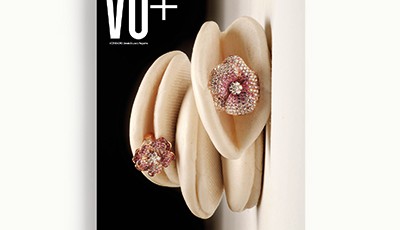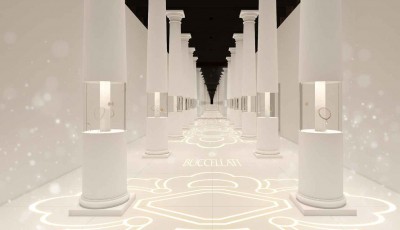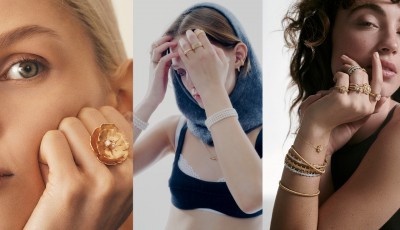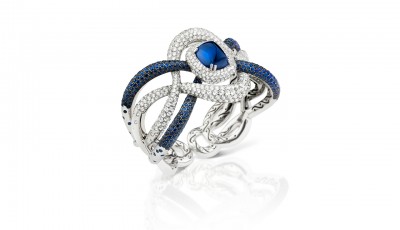100 Years of Bauhaus in the World of Jewelry
“Form follows function” was the essential rule. A century since the founding of the Bauhaus movement, the German philosophy - promoting essential shapes and experimental color theories - continues to inspire artists, designers as well as jewelers
«Architects, sculptors, painters - we all must return to craftsmanship! For there is no such thing as “art by profession”. There is no essential difference between the artist and the artisan (...). The foundations of proficiency are indispensable to every artist. This is the original source of creative design», wrote Walter Gropius in April 1919 in the manifesto that served as the foundation for the Staatliches Bauhaus. One-hundred years since the founding of this school that completely changed the rules for design, its principles still apply to all artistic disciplines. For example, painter, sculptor and designer Oskar Schlemmer, who was also a choreographer, gained fame during the years of the Bauhaus school for the “triadic ballet” he created, featuring dancers that moved almost like robots, wearing large, geometric costumes.
This style inspired Christina Kruse, a multi-disciplinary artist who paid homage to the one-hundredth anniversary of Bauhaus with the “Base and Balance” personal show held at New York City’s Helwaser Gallery through this past July 25. Kruse presented a series of interesting sculptures combining design, art and craftsmanship with threedimensional shapes, taking the ideas of the philosophy in a contemporary direction. In the world of jewelry, Bauhaus ideology and its artists are of interest to those who have always used a range of artisanal techniques. Like Hemmerle, a historic German brand founded in 1893, which has dedicated a pair of earrings to painter Paul Klee, reinterpreting the stylized face seen in his painting “Schwarzer Fürst” (1927) with clean, geometric lines. «In our workshop, our craftsmen, similarly to the students of Bauhaus, can use stone, wood, metal and precious materials as part of a design philosophy based on the study of nature, space, color and construction,» says Christian Hemmerle. «For us, it is important for creations to be wearable; this can be seen in the design of each piece. Many have a stylized simplicity that comes from the natural materials used in their creation.» Alexandra Jefford also seeks a sense of functionality through simple forms. She creates jewelry by combining different artistic and artisanal disciplines. «What interests me from that period is continuing to be contemporary and edgy. Architects, sculptors and artists from that era knew how to create simple aesthetics and powerful design», explains the London based designer. «The shapes and lines in my jewelry can take inspiration from the facade of a building or a texture, and there is are no superfluous decorative elements. In this way, a jewelry piece can be admired even when it is not worn.» This seems to be the biggest legacy left by Gropius and his school of thought; thanks to this and the talent of new designers, pieces with a timeless feel continue to be created.
This style inspired Christina Kruse, a multi-disciplinary artist who paid homage to the one-hundredth anniversary of Bauhaus with the “Base and Balance” personal show held at New York City’s Helwaser Gallery through this past July 25. Kruse presented a series of interesting sculptures combining design, art and craftsmanship with threedimensional shapes, taking the ideas of the philosophy in a contemporary direction. In the world of jewelry, Bauhaus ideology and its artists are of interest to those who have always used a range of artisanal techniques. Like Hemmerle, a historic German brand founded in 1893, which has dedicated a pair of earrings to painter Paul Klee, reinterpreting the stylized face seen in his painting “Schwarzer Fürst” (1927) with clean, geometric lines. «In our workshop, our craftsmen, similarly to the students of Bauhaus, can use stone, wood, metal and precious materials as part of a design philosophy based on the study of nature, space, color and construction,» says Christian Hemmerle. «For us, it is important for creations to be wearable; this can be seen in the design of each piece. Many have a stylized simplicity that comes from the natural materials used in their creation.» Alexandra Jefford also seeks a sense of functionality through simple forms. She creates jewelry by combining different artistic and artisanal disciplines. «What interests me from that period is continuing to be contemporary and edgy. Architects, sculptors and artists from that era knew how to create simple aesthetics and powerful design», explains the London based designer. «The shapes and lines in my jewelry can take inspiration from the facade of a building or a texture, and there is are no superfluous decorative elements. In this way, a jewelry piece can be admired even when it is not worn.» This seems to be the biggest legacy left by Gropius and his school of thought; thanks to this and the talent of new designers, pieces with a timeless feel continue to be created.


